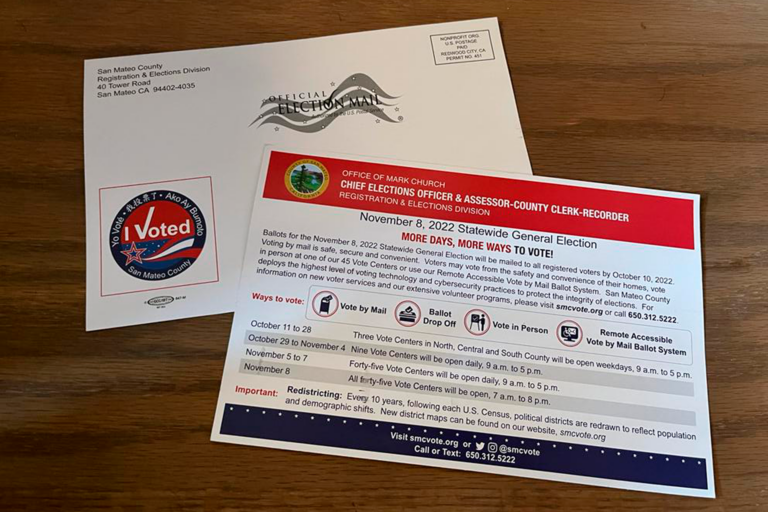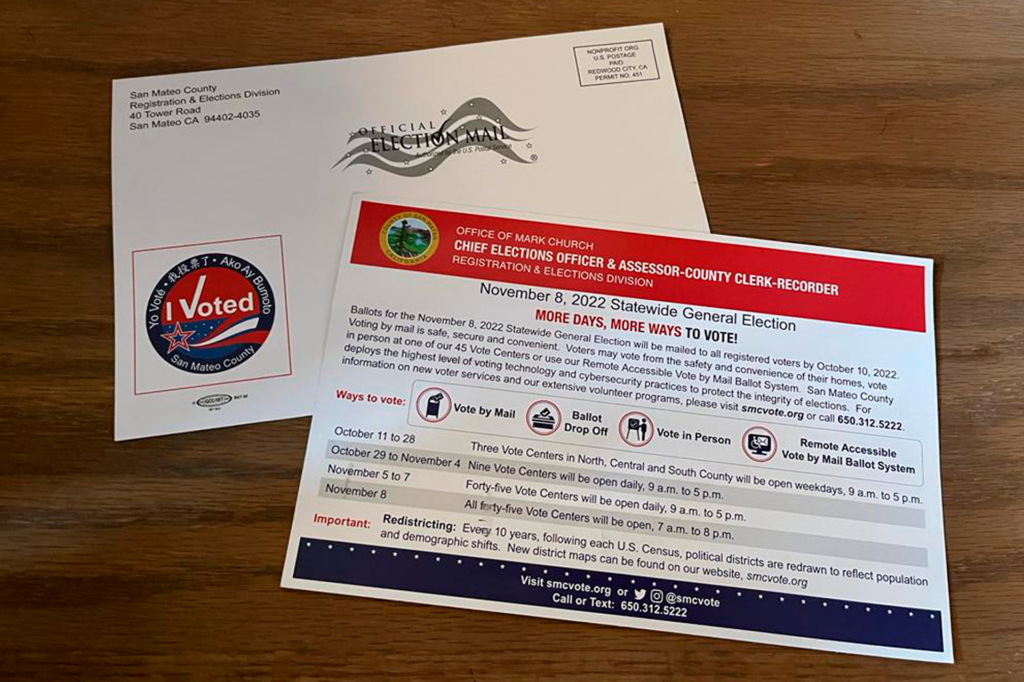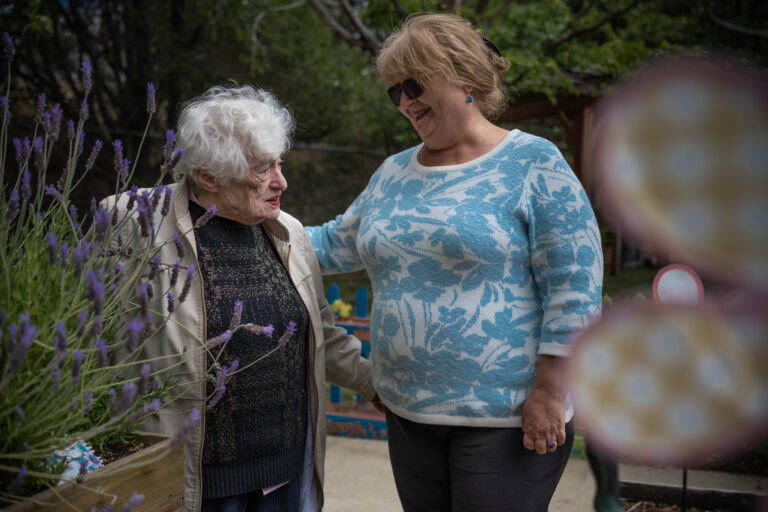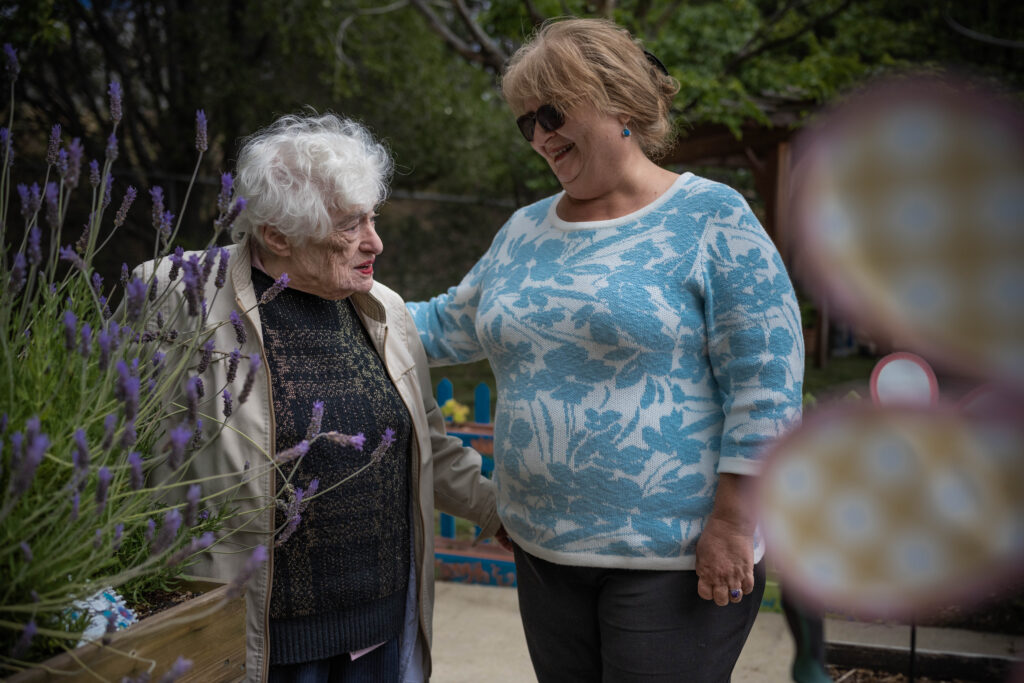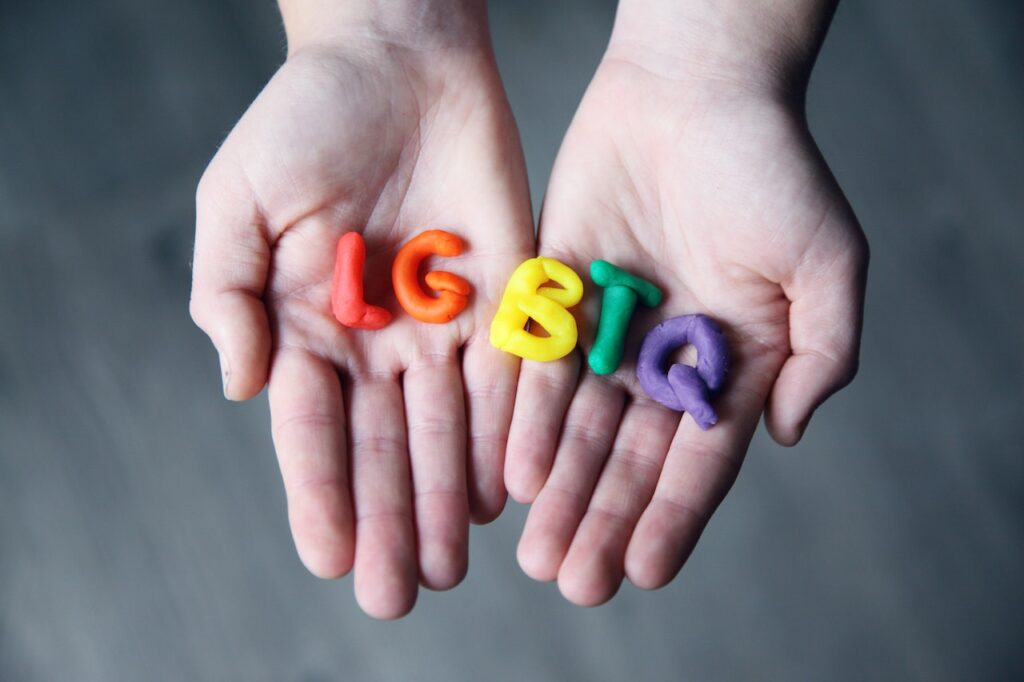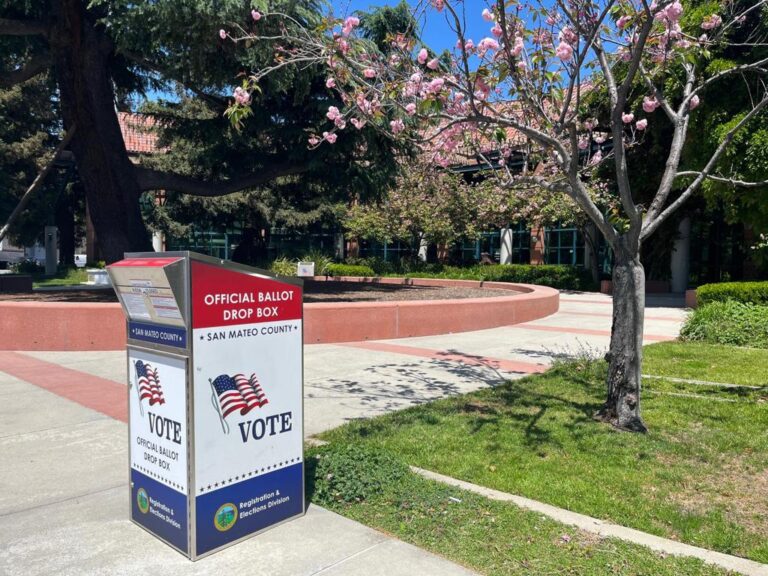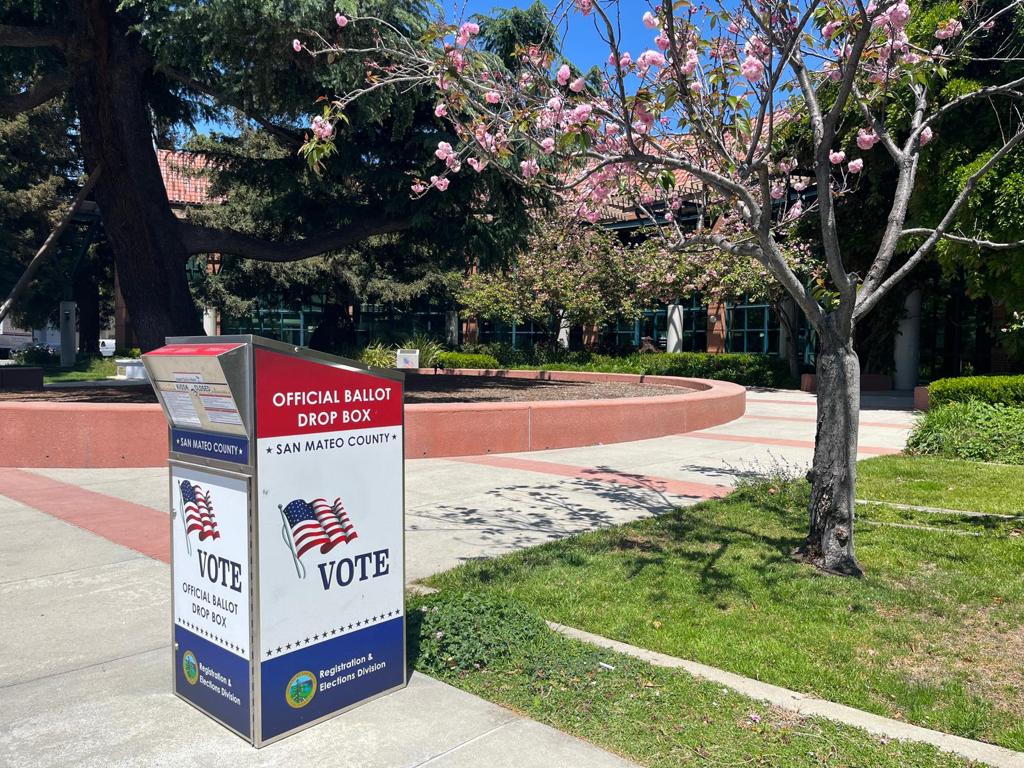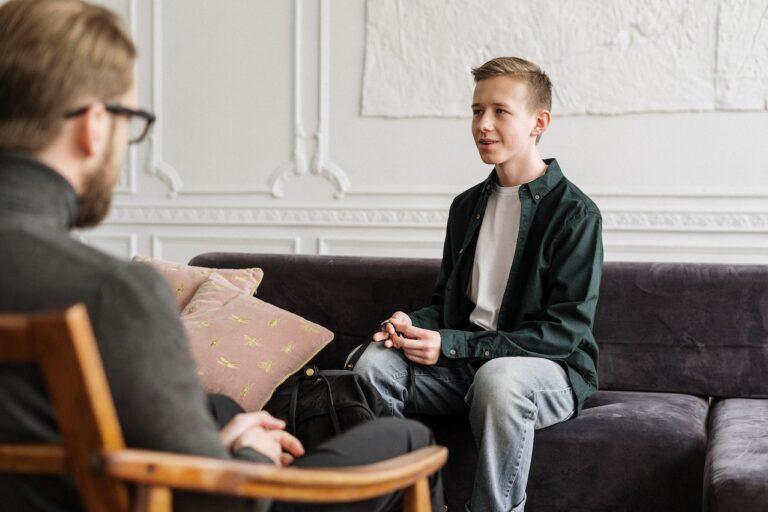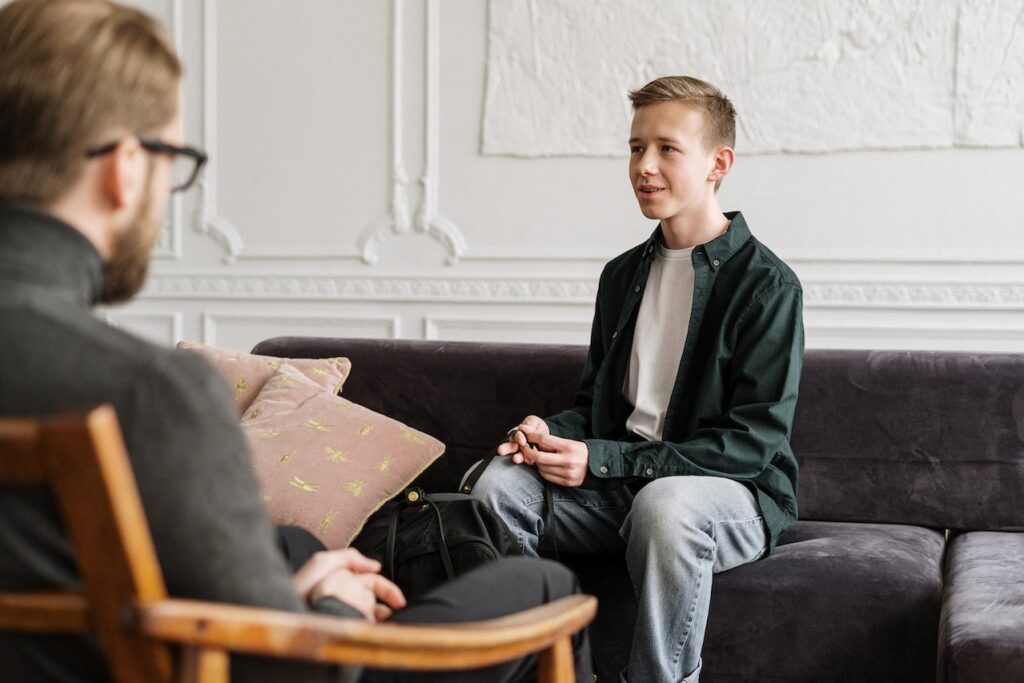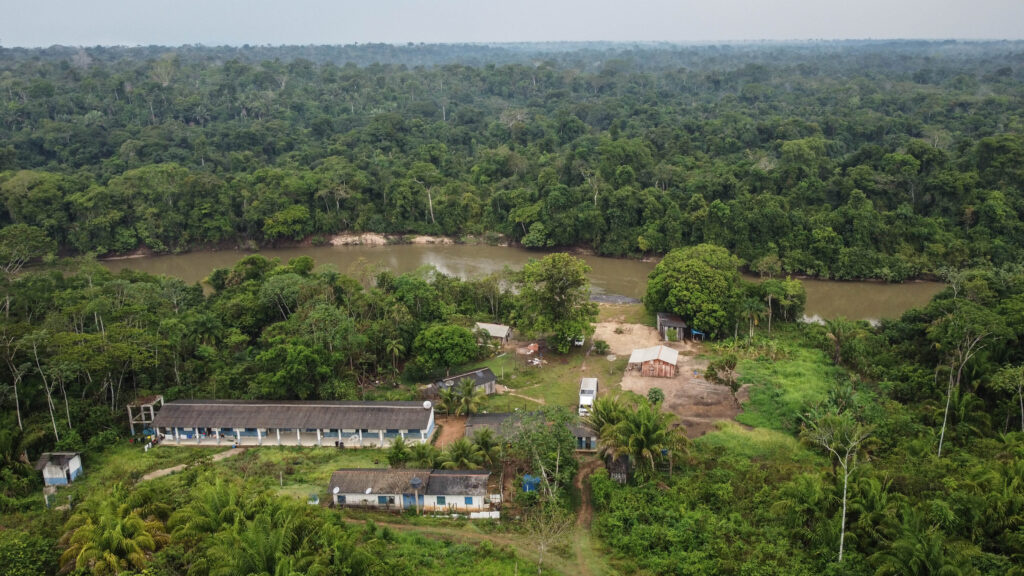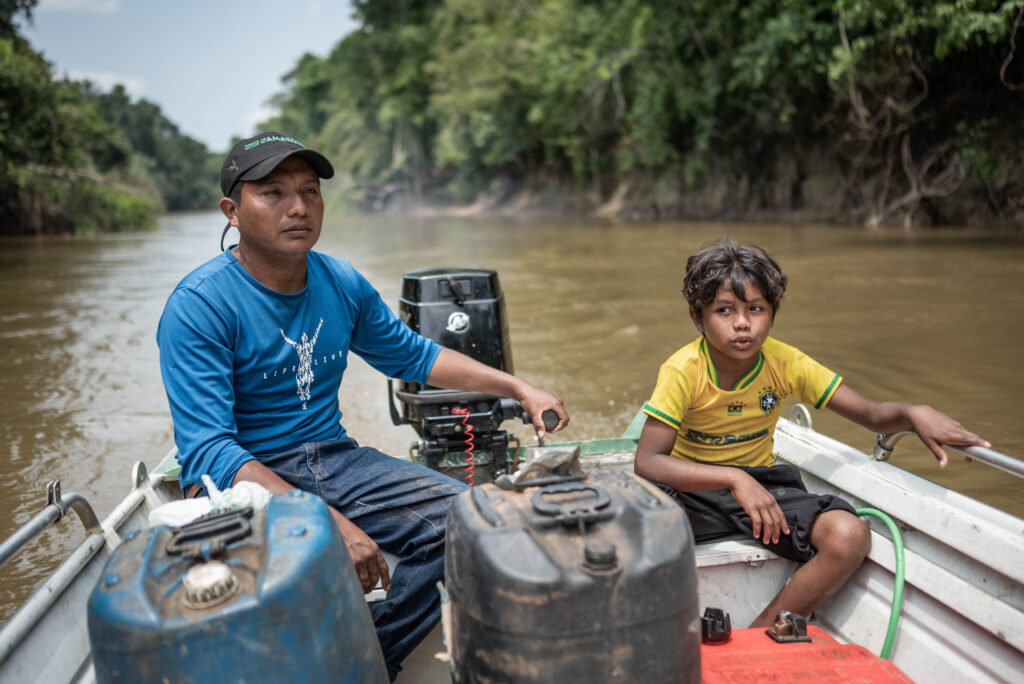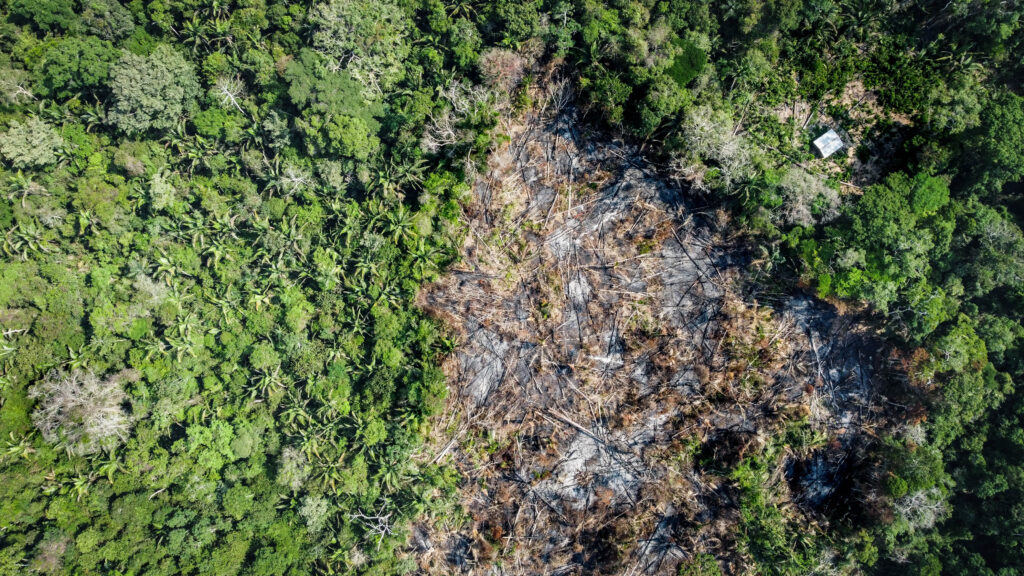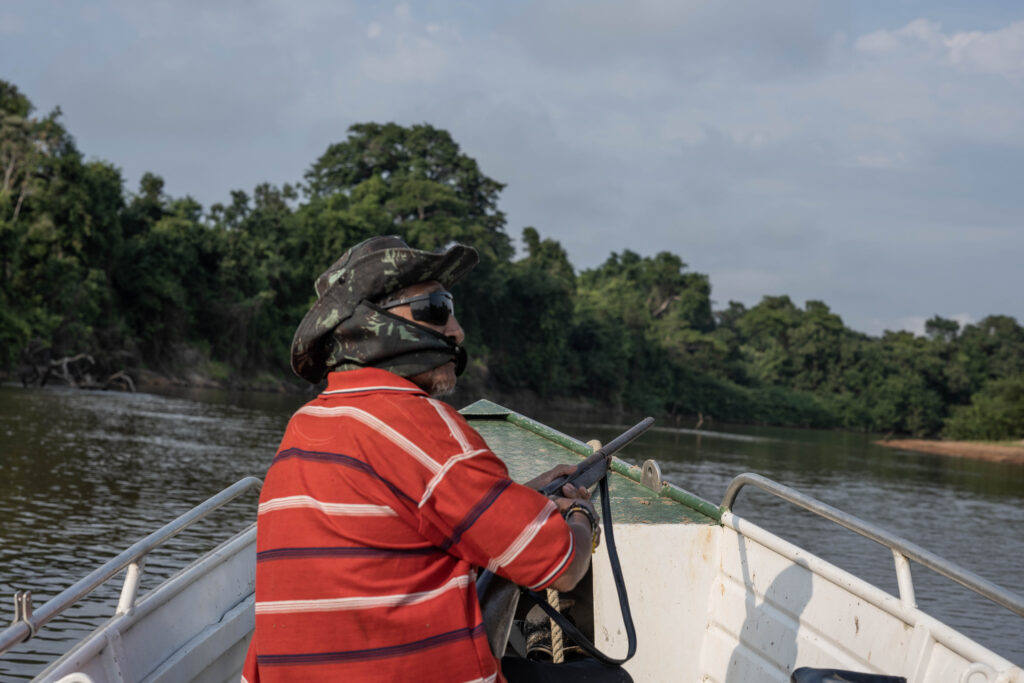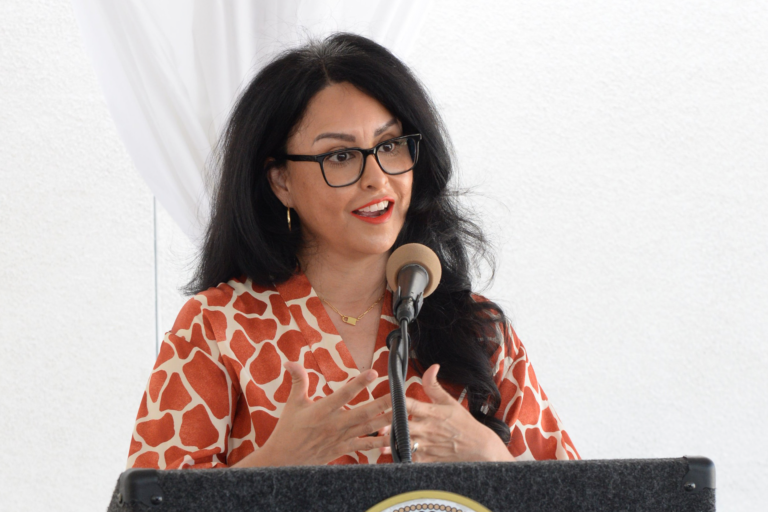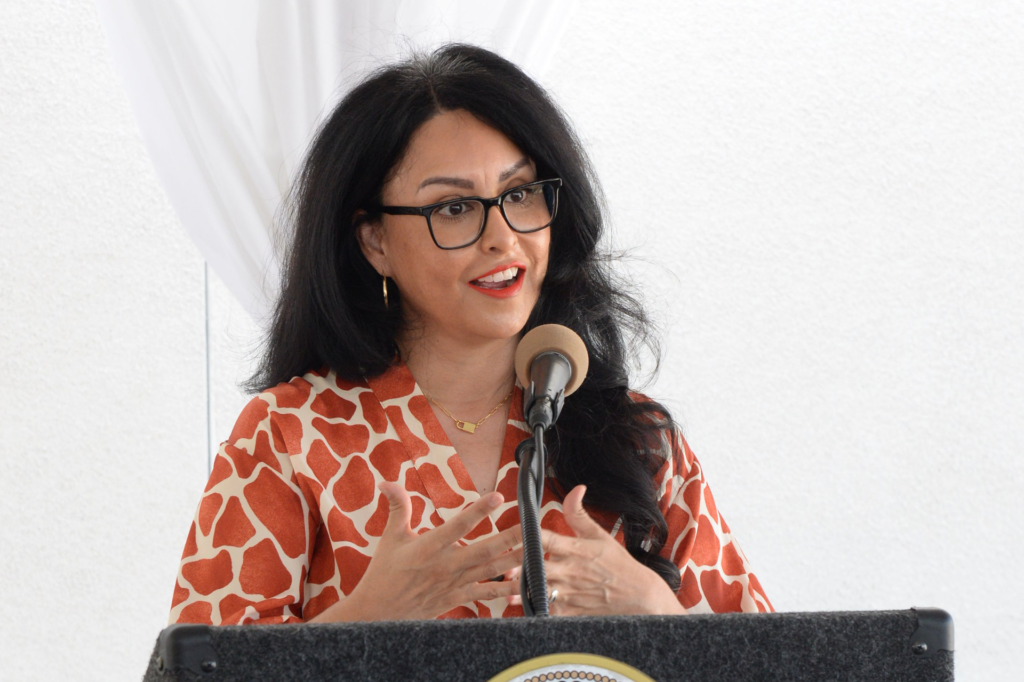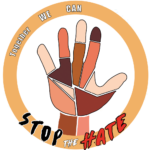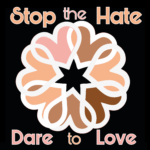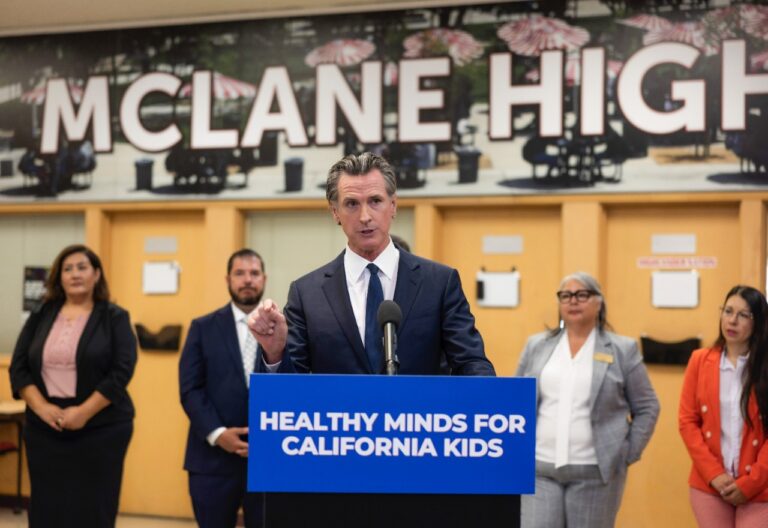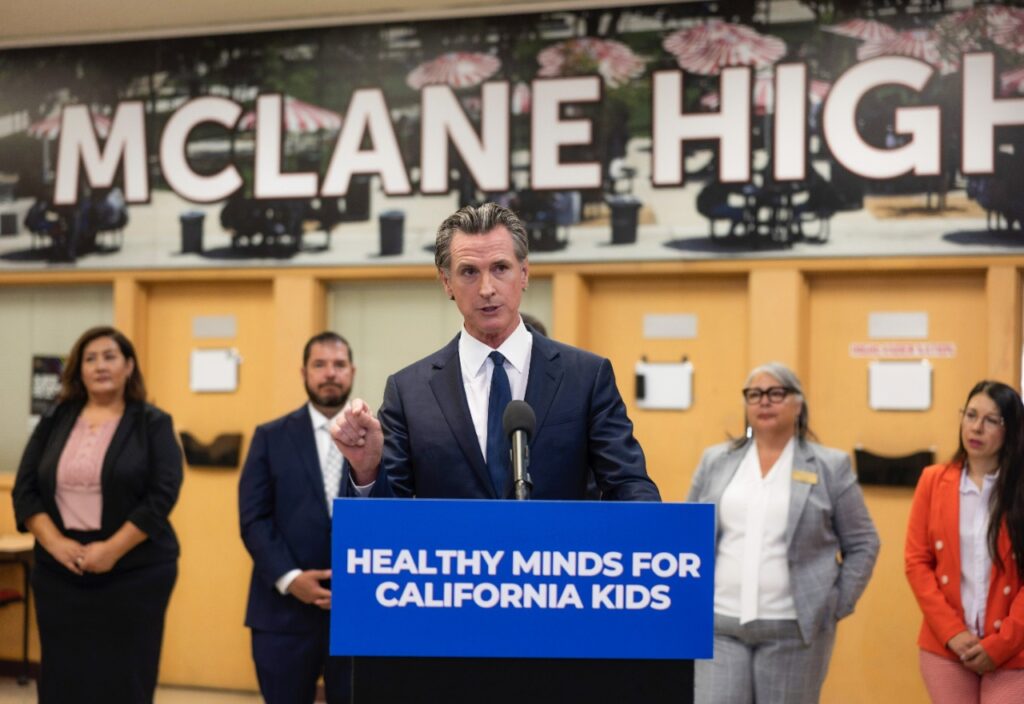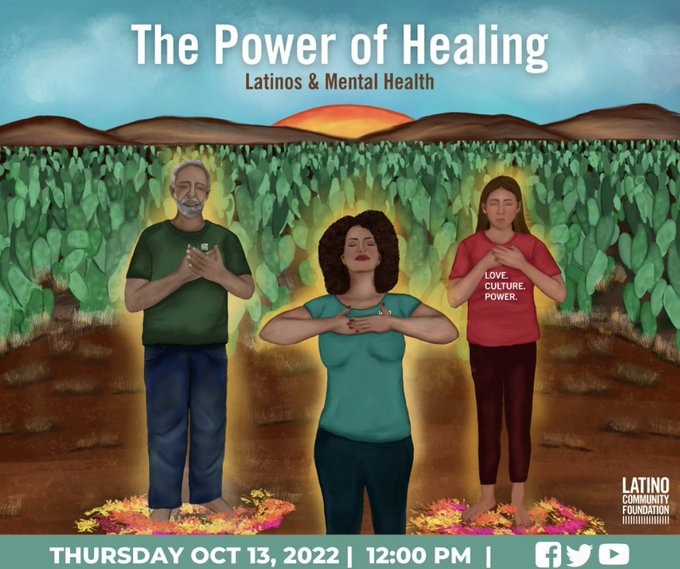
Over the past two years, San Mateo County residents, like others across the country, have had to deal with loss, whether in health, employment, economic or even loved ones, situations that have worsened in communities such as the Latino community, so mental health care has become a critical point to address in order to move forward in daily life through the Power of Healing.
Alrededor de una de cada ocho personas en el mundo viven con al menos un trastorno mental, entre los cuales destacan la depresión y la ansiedad, teniendo un 25 por ciento de estos casos. En los Estados Unidos, aproximadamente el 40 por ciento de los hispanos adultos dicen estar experimentando síntomas de depresión, señalo Diana A. Otero, directora senior de Proyectos Especiales del Latino Community Foundation.
Agregó que, durante una investigación nacional llevada a cabo por los Centros para el Control y la Prevención de Enfermedades ‒CDC, por sus siglas en inglés‒, a medida que el mundo va conviviendo y aprendiendo de los efectos de largo alcance de la pandemia por COVID-19., «todos debemos reflexionar sobre el enorme peaje que ha tenido en nuestra salud mental y, al mismo tiempo, reconocer el increíble trabajo de nuestras organizaciones comunitarias, ya que han dado todo lo que tienen para ayudar a nuestra comunidad».
Y es que, dijo, estas organizaciones de base han protegido, la salud mental de los trabajadores y las familias inmigrantes, proporcionando servicios críticos, el intercambio de información de confianza, y la difusión de la esperanza.
La fundadora y directora ejecutiva de la organización sin fines de lucro ALAS ‒Ayudando a Latinos a Sanar‒, Belinda Arriaga, destacó durante la sesión «The Power Of Healing: Latinos & Mental Health», «la cultura es nuestra medicina», al tiempo que destacó la importancia de nuestras ricas tradiciones latinas y como estas pueden conectarnos con nuestros antepasados y hacernos más fuertes.
Rosario Puga Depmsey, directora de Servicios Hispanos de la organización sin fines de lucro KARA, la cual brinda apoyo durante el duelo a niños, adolescentes, familias y adultos, destacó que la comunidad latina necesita apoyo para lidiar con todas las pérdidas que está afrontando durante esta pandemia.
«Nuestra comunidad necesita recursos, necesita apoyo», refirió al tiempo que reflexionó sobre la necesidad de que la comunidad latina obtenga más y mejor información y educación sobre el proceso de duelo y cómo apoyar o proporcionar esa mano de ayuda a otra persona.
«El dolor y nuestra pena pueden ser transformados y pueden ser sanados. Podemos continuar con nuestras vidas sin importar lo grande que sea la pena, el sufrimiento y el dolor», resaltó mientras señaló la importancia de buscar ayuda cuando se atraviesa por una situación de pérdida.
Y es que, las familias y amigos de los 40 mil latinos que murieron a causa del COVID en California y muchos más en todo el mundo nunca serán los mismos.
Las líderes comunitarias coincidieron en que el sufrimiento por cualquier tipo de pérdida, especialmente la de un ser querido, no desaparece y no hay una curación mágica, sin embargo, con la ayuda adecuada puede transformarse en fortaleza.
«Hay ayuda y apoyo. Y aunque tengamos amigos y familia que puedan estar ahí para nosotros, a veces necesitamos a alguien más, a veces necesitamos esa mano extra, ese oído extra que nos escuche y de alguien que entienda que hay algo en el dolor que compartimos», destacó Belinda Arriaga.
«El duelo es un proceso único y es un proceso individual. La mejor manera de honrar y recordar a un ser querido es aquella que se siente especial para cada uno de nosotros, lo que sea. Ya sea poniendo un altar o teniendo una vela, una foto, cocinando su comida favorita, asistiendo a los funerales o celebrando a través de los días festivos», puntualizó.
Sin embargo, ambas destacaron que la salud mental sigue siendo estigmatizada pese a que todos, en algún momento de nuestras vidas va a necesitar un apoyo especializado para enfrentar una o varias problemáticas.
«La salud mental es como un acto de cuidado y de amor a uno mismo, a su corazón, a su espíritu, a su mente, a su cuerpo, para poder conseguir ese apoyo, para hablar con alguien. También ser capaz de tender la mano cuando tal vez las cosas no van tan bien», subrayó Arriaga.
Cabe destacar que el primer paso para avanzar hacia el cuidado de la salud mental, señalaron, es reconocer que se atraviesa por un momento difícil y que está bien obtener apoyo.
Latino Community Foundation recordó que algunos de las organizaciones que apoyan a la comunidad latina en materia de salud mental son: ALAS, KARA, KLBRI, CARECE SF, La Familia Counseling Center, Clínica Tepati, La Familia Counselin Services, Immigrants Rising, La Familia Sana, Instituto Familiar de La Raza, One Life Counseling Center y Star Vista.
You may be interested in: Gavin Newsom Unveils Master Plan for Children's Mental Health

